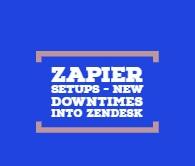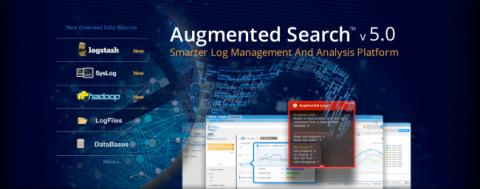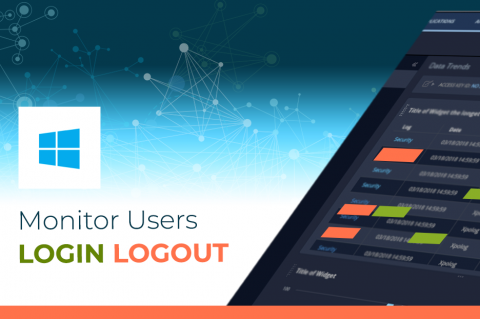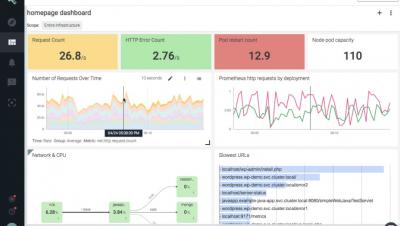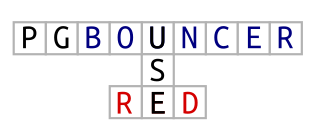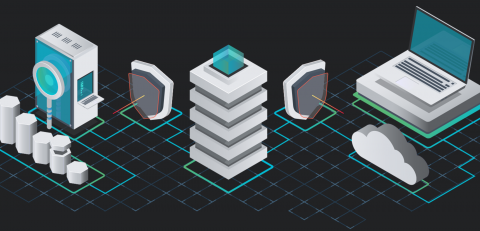You've been thinking of Serverless all wrong!
While working for Dashbird.io I’ve had to pleasure to come in contact with a number of serverless early adopters that included both small companies working on apps or just testing ideas as well as fortune 500 companies with an already established user base. What I’ve found is that a lot the people I speak to think of serverless as a shortcut to developing software but that’s just not the case.




